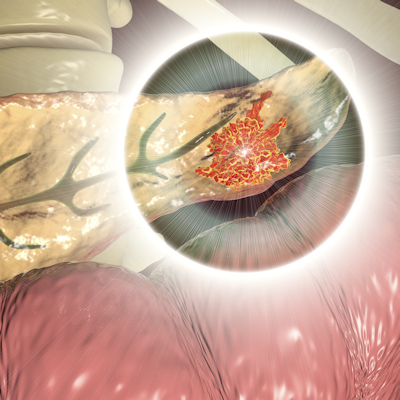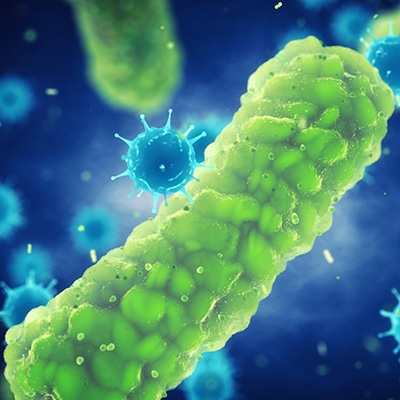November 29, 2022 -- Using cryo-electron microscopy (cryo-EM), researchers from Harvard Medical School and Peking University have generated 3D images of the inflammasome in its active state for the first time, enabling scientists to view a structure linked to multiple diseases in near-atomic resolution.
Inflammasomes are disk-shaped structures that alert the immune system to attacks and order damaged cells to self-destruct. The structures form when macrophages detect cell damage and release NLRP3. The protein links with other molecules to create inflammasomes and thereby spark an immune response. In healthy individuals, the process helps fight off infections, but it can also drive inflammatory diseases.
Evidence of links between NLRP3 and conditions including gout, cardiovascular disease, Alzheimer's, and Parkinson's has led companies including Bristol Myers Squibb, Novartis, and Roche to strike deals for drug candidates targeting the protein. Yet, researchers originally lacked a detailed 3D structure of the protein. A team of researchers at Harvard Medical School and Peking University went some way to addressing the gap in 2019, publishing a paper on the structure of inactive NLRP3, but key details remained unknown.
Now, Hao Wu, PhD, a structural biologist at Harvard Medical School who co-authored the 2019 paper, has published a new study that describes the use of cryo-EM to reveal the structures of disk-shaped active NLRP3 oligomers.
"This is the exciting culmination of a project that many generations of lab members worked on before me," the study's first author, Le Xiao, PhD, research fellow in biological chemistry and molecular pharmacology in the Wu lab, said in a statement. "We hope the insights in our study will provide new avenues for preventing illness and saving lives."
In a November 28 article in the journal Nature, the researchers explain how the microscopy technique showed that a domain that is conserved in NLRP3 -- but absent in most related molecules -- becomes ordered in key regions to stabilize the active conformation and mediate most interactions in the disk. Building on the 2019 paper, which looked at NEK7-licensed activation of the inflammasome, the researchers propose that NEK7 breaks the inactive NLRP3 cage to transform the protein into the active disk.
Knowledge of the activation process could inform drug development. When NLRP3 overreacts and forms inflammasomes in response to host molecules, such as arterial plaques and healthy tissues, it can drive the development of autoimmune diseases and cause chronic inflammation that contributes to diseases such as type 2 diabetes and nonalcoholic fatty liver disease.
Wu is involved in efforts to translate knowledge of NLRP3 into new therapeutics through his role as the co-founder of Ventus Therapeutics, one of several biotech companies working on the target. Novo Nordisk paid $70 million upfront to partner with Ventus earlier this year.
Copyright © 2022 scienceboard.net










